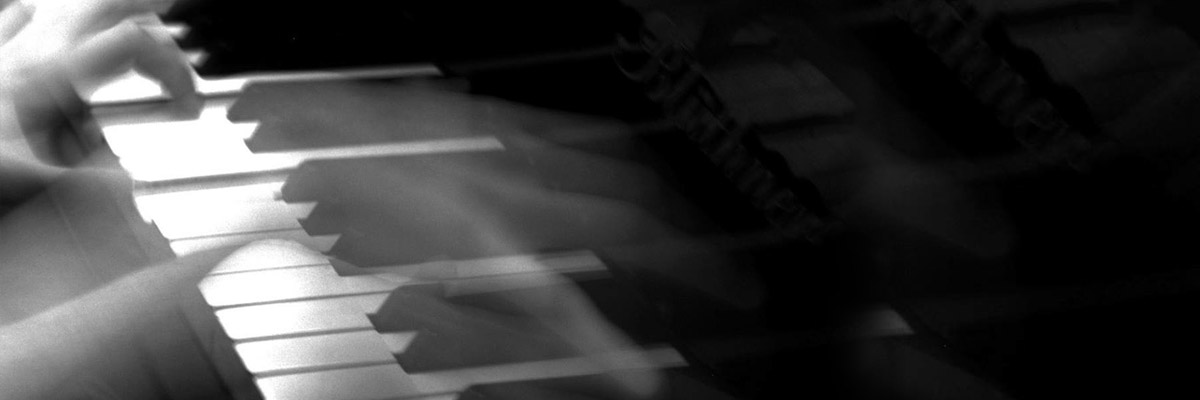Memorizing music can be extremely challenging. Since it cannot be taught as easily as other aspects of performance, it is often skimmed over. Students are expected to deal with memorizing in their own time. There is a passive attitude towards it - either you are good at it, or you aren’t.
There are many benefits to memorizing:
- The music is internalized
- The pianist does not need to constantly look between hands and score
- Less energy and effort is spent on trying to remember what comes next
- In our modern age it is expected that pianists perform from memory
I believe part of the problem is the fact that pianists wait for muscle memory to kick in, or assume that once they’ve heard a piece over fifty times, they will be able to play it perfectly. I think a much more beneficial approach can be taken through memorising from the very beginning.
When it comes to memorizing, being thorough is important. When pianists rely on their aural or muscle memory, the chances of making a mistake are higher than when they have absolute knowledge of the piece. Musical memory can include one or more of the following:
- Muscle memory (i.e. how the music feels when you play)
- Aural memory (i.e. how the music sounds, recordings)
- Visual memory (i.e. the score, the sight of your hands on the keyboard)
- Informational memory (i.e. your knowledge of the score and music)
It can be very useful to understand which of these types you most rely on when playing by memory. You can use this to your advantage; if you only depend on one type, you can try working to expand that and therefore make your playing more secure. Muscle memory is generally considered to be the most risky, as a lapse will make it difficult for the performer to resume playing without going back to the beginning of the piece/section. A combination of all types would be most ideal.
Josef Lhevinne advises musicians to “Memorize phrase by phrase, not measure by measure. The phrase is the musical unit, not the measure”. His intention is to memorize the thought behind the music and its effect, not individual black notes on a page. This is similar to the process we use to identify music and recognize it. In addition to this, I suggest you memorize in small, bite-size chunks. Take regular breaks and don’t underestimate the power of unconscious processing and sleep. It takes time for your brain to take new information and store it.
Testing yourself is important, and builds self-confidence. Often you have memorized more than you expected. It can also reveal your weak points, and where more work needs to be done. Here are some tests you can do during the memorizing process:
- Place the music flat on the piano lid. Play through the piece. Whenever you reach a blank spot or make a mistake, check the music and then return to the beginning of that section when you are ready to try again
- Play each hand on its own from memory
- Play the piece over the keys, without pressing down. Do the same whilst listening to a recording of the piece
- Read the score whilst listening to a recording
- Try visualizing your hands and imagining the sound away from the piano – can you sing through the whole piece?
- Close your eyes and play through the piece slowly. Do not press down the keys until you are sure that they are in the correct positions
For specific passages or sections that are more difficult to memorize, I recommend first identifying what the key issue is. Is the section rhythmically, harmonically or structurally difficult? Is the melody unpredictable or non-existent? Are the hands playing musically independently? Once this is determined, you can tailor your practice to deal with the issue. For example, in a passage with structural complexity, it might help to analyse and connect patterns together (using numbers and thinking in terms of x happens twice, then y happens once but not in the repeat etc.).




